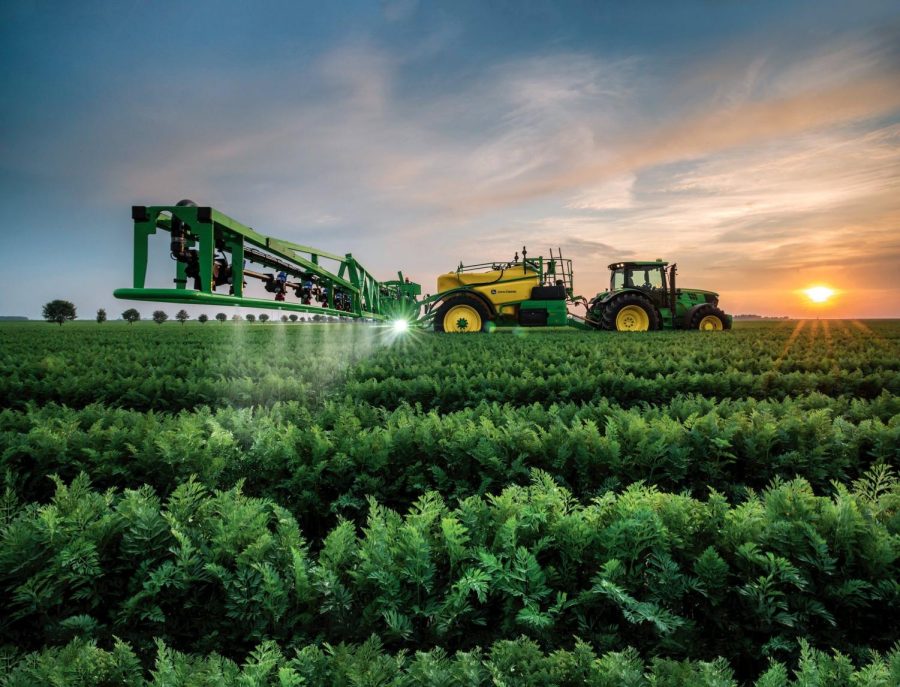GMOs: future of agriculture?
GMOs are very controversial, but full of potential. Should we leave them behind or use them to revolutionize the face of our world?
What are GMOs?
A genetically modified organism, or GMO for short, is an organism whose DNA has been artificially modified. This is mostly talked about in agriculture, because it is potentially more useful in this industry than any other. Examples are reducing the amount of ressources like water and pesticides needed to make the plant grow or increasing it’s size or nutritional value(proteins, sugars, etc.). There are lots of ways to conduct such experiments. Like using CRISPR(clustered regularly interspaced short palindromic repeats), a DNA sequence found in bacteria whose purpose is to figth bacteriophages by taking their DNA.
What are the arguments against GMOs?
Here are two of the many reasons why some people think we should’nt use GMOs and solutions against them.
terminator seeds
Terminator seeds, which can be made by modifing plant DNA, make nearby crops sterile, forcing farmers to buy new seeds every season. To pay for all of these seeds, the price of most of your food will have to go up significantly. Except for the companies behind this scandal, everyone could suffer from this. Nontheless, we could just make terminator seeds illegal and give big consequences to those who try to incorporate them in our farmlands.
BT crops
By borowing a gene from the bacterium Bacillus Thuringiensis(BT), plants can make a pesticide that kills insects. This pesticide, unlike it’s conventional alternatives, is found inside of the plant, which means you can’t wash it off. This sounds dangerous to eat, but unlike artificial pesticides, this one is harmless to humans in the same way that chocolate is harmfull for dogs, but not for us.
Examples of good GMOs
Here are two examples where GMOs can shine.
anti-pest GMOs
Plants with these etheir make their own pesticide or are imune against a threat, like if you were giving a vaccine before birth. This kind is known to have done good. For example, in the 90’s, the ringspot virus was threatening the papaya industry of Hawai. Thanks to a geneticly modified versions of the fruit, it still remains today. There is also a similar story in Bangladash, where eggplants were given a lot of pesticides against pests by unprotected farmers. Besides losing a lot of money to buy it all, they got frequently sick. Later on, in 2013, a GMO version of the plant was introduced. The invention could make it’s own pesticide, which led to a decrease in pesticide use and the improvement of the farmers health.
other kinds of GMOs
GMOs let us basicly modify organisms as we please. We could make palnts grow faster or bigger to maximize harvest resuts, or make them use less ressources in their lives to bring costs down. We could even make them more resistant to specific environments, something that could really help us when facing current climate change. Speaking of climate change, trees and other plants could be geneticly modified to do more photosyntisis. Or in other words, make them produce more oxygen.
Conclusion: should we use GMOs?
Despite the fact that the subject is constantly being talked about negatively by a lot of people, the arguments are most of the time fixable. GMO spreading is a crucial step in the development of a long-lasting human society. Besides, with our technology, it wouldn’t hurt to try in laboratories.
sources: Wikipedia, University of British Columbia official site, kurzgesagt-in a nutshell (youtube channel),






